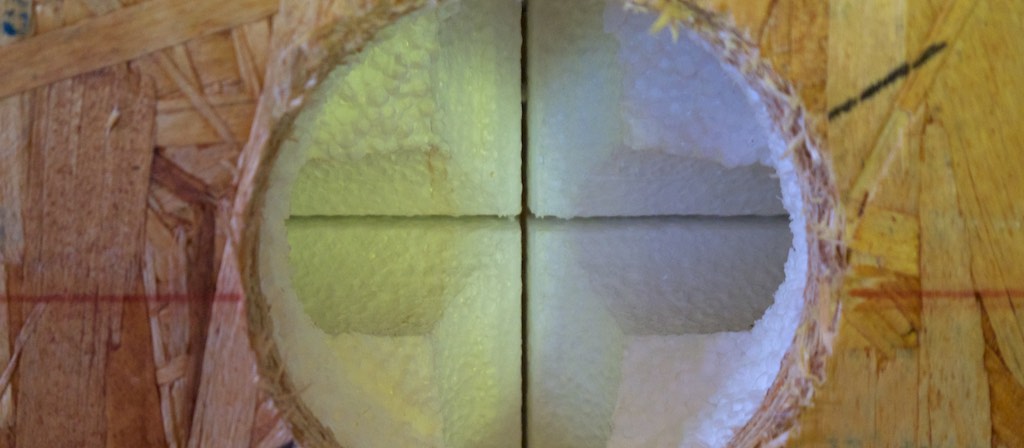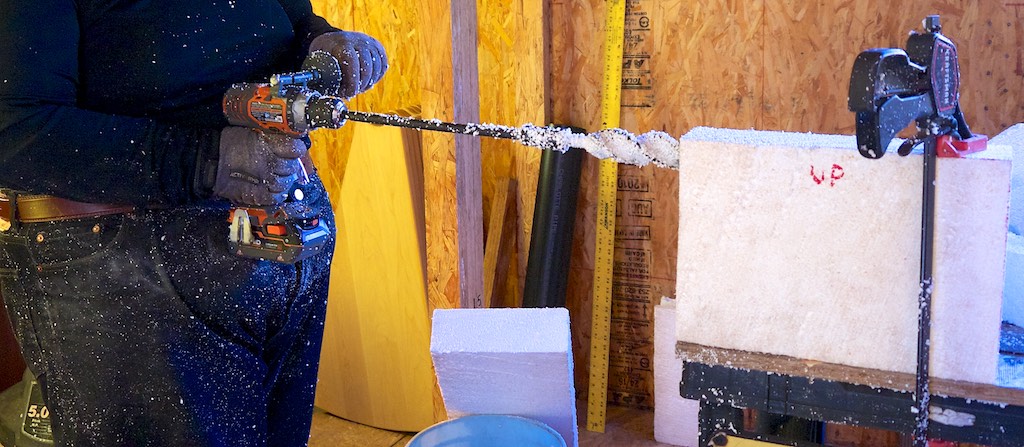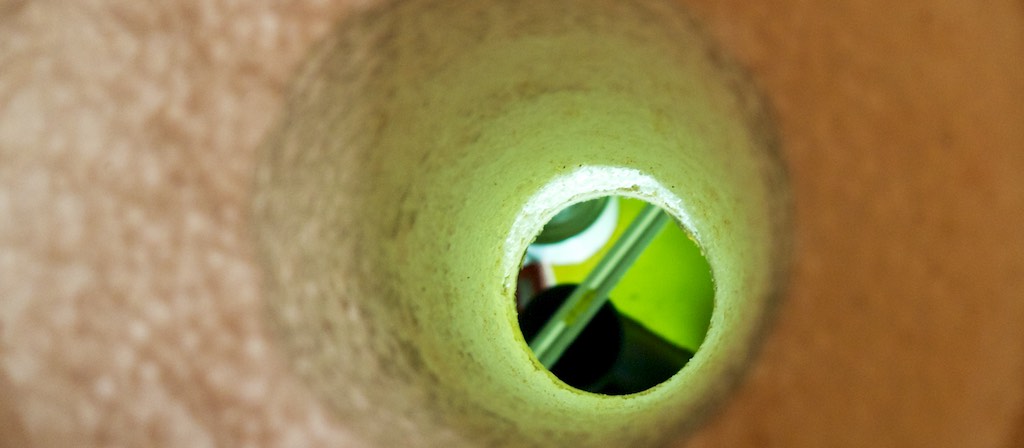Part VI
After the 20 minute hold on the gurney, I transitioned to standing. The medicine slowly flowed down the eustachian tube into my throat, leaving a mildly unpleasant taste. I needed to make several follow-up appointments for more injections while testing for hearing improvement from the audiologist. The otolaryngology department kindly printed the entire monthly calendar, showing my six upcoming appointments.
The doctor, by protocol, also needed to screen for other possible reasons for my SSHL: a brain tumor or vascular constriction of some sort. My medical imaging came in-between the office visits. 1st came the MRI of the head and neck followed by a CT of the same region. I did not delve to deep into the possible outcomes of the scans, as anything is possible when it comes to the brain.
I had my MRI scan on a Saturday afternoon at a 24 hour hospital. I gave blood to check for a certain kidney function tolerance to the contrast agent used to explore my cerebrum. Lurking around the eight cranial nerve might be an acoustic neuroma, a benign tumor compressing the hearing nerve. I only thought of my breathing in the MRI tube, as with constant pulsing tinnitus, I felt like my brain might implode as the magnets slowly imaged my head. After four passes, the technician asked me to dress. Modern medicine is so compartmentalized, that even with the radiologist right in front of me, I got the standard answer, “Wait for the results from your doctor.”
In less than 48 hours my doctor forwarded me the radiologist report: “No significant abnormality.”


